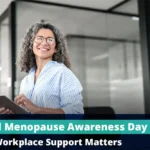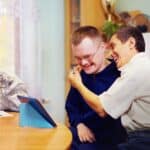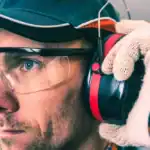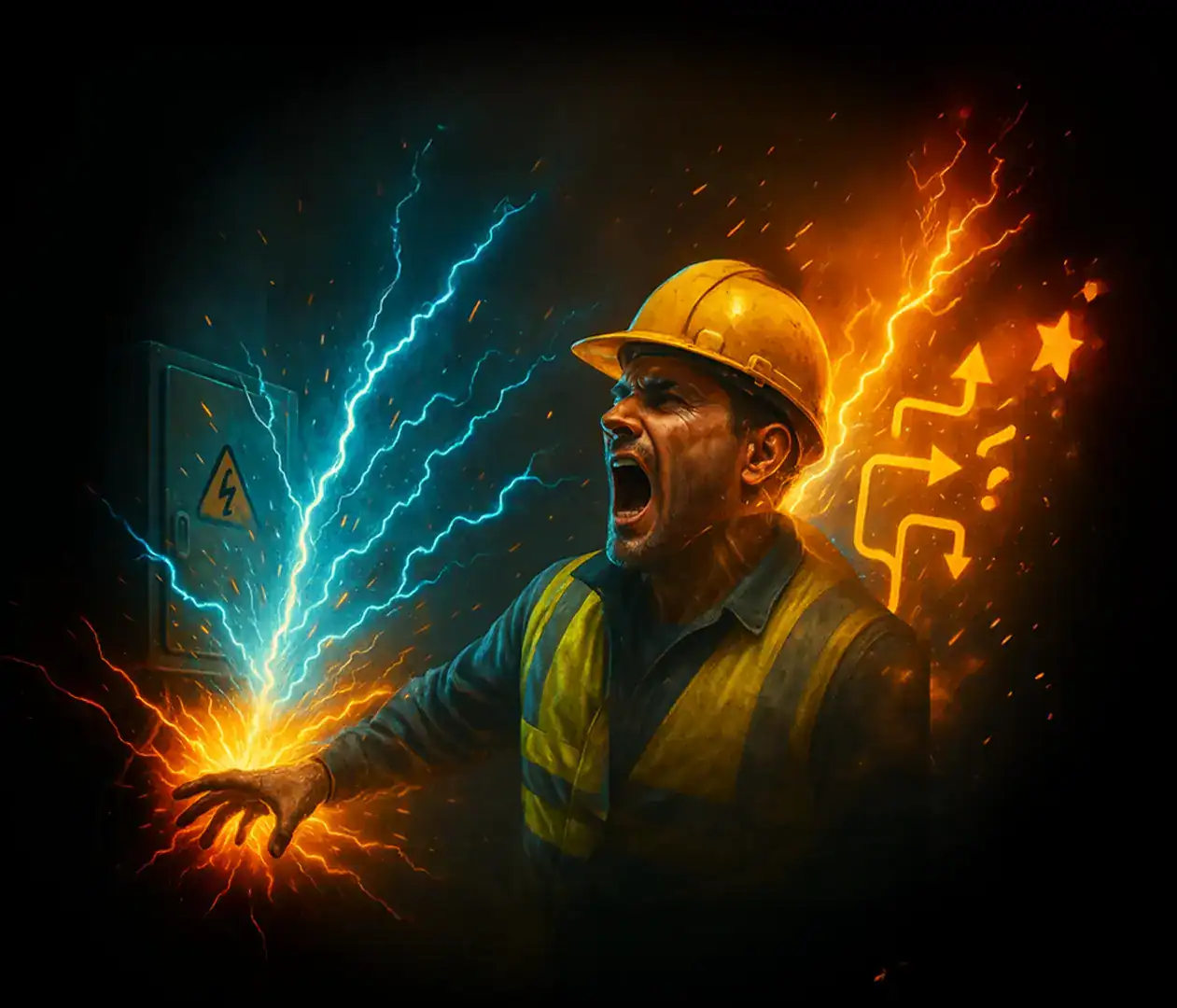
It was June 2021, when football fans watching the European Championship learned the value of an AED. That was the game where Christian Eriksen, the Danish Striker, collapsed during the match from a cardiac arrest.
Fortunately, a defibrillator was on hand and the 29-year old’s life was saved by the combination of medical attention and shocks received by the device.
While AED’s can be found in many public areas, there are still many of us that might be intimidated by the thought of using one. But we shouldn’t be. They are designed to be easy to use and are relatively safe.
Moreover, given the high rate of cardiac arrests in the UK – causing an estimated 12 deaths each week amongst under 35s alone – it may not be long before we are called on to use one. So, taking a moment to find out what these machines are and how they work may literally be life saving.
What is an AED?
The acronym AED stands for Automated External Defibrillator. They are sometimes referred to as public access defibrillators (PADs) or simply defibrillators. They were first invented and developed in 1965 by Professor Frank Pantridge, a Northern Irish cardiologist.
The basic AED machine definition is that it is a portable medical device. The main AED function is to deliver a controlled electric shock to the heart of someone who is experiencing cardiac arrest to get their heart beating again.
Chances are you have come across an AED machine at some point in your life. AEDs are placed in many public places such as shopping centres, cinemas, gyms and shops. They are usually stored in a white box on the wall that is instantly recognisable by the heart motif that contains a lightning bolt.
What Does Cardiac Arrest Mean Exactly?
Cardiac arrest occurs when an abnormal heart rhythm – also called ventricular fibrillation (VF) – causes a person’s heart to stop pumping. This stops the flow of blood and causes the person to collapse, become unresponsive, have breathing problems or stop breathing altogether.
It’s important to note that a heart attack is not a cardiac arrest. A heart attack is usually caused by a blockage in a person’s circulatory system, while a cardiac arrest is the result of an issue with the heart’s electrical system. Heart attack patients are often conscious, whilst cardiac arrest patients are unconscious.
What Causes Cardiac Arrest?
There are more than 30,000 out-of-hospital cardiac arrests (OHCA) each year in the UK, according to the British Heart Foundation (BHF). They can happen to anyone, at any time, regardless of their age or fitness level.
However, cardiac arrest have been shown to occur more frequently in those who have:
- Coronary heart disease
- Heart attack
- Inherited heart conditions
- Cardiomyopathy a
- Congenital heart disease
- Heart valve disease
- Acute myocarditis
Cardiac arrest can also be brought about by:
- Electrocution
- Drug overdoses
- Severe haemorrhaging
- Hypoxia
How an AED Can Save a Person’s Life
When a person is in cardiac arrest, action must be taken within the first three to five minutes to prevent irreversible brain damage or death.
An AED measures the rhythm of a person’s heart and then calibrates the required burst of electricity to be delivered to stop the heart momentarily. This can reset the heartbeat back to a normal rhythm and keep the person stable until professional medical assistance arrives. Although they are used by many emergency responders, AEDs are purposefully designed to be used by non-medical personnel in the case of an emergency.
How do you operate an AED?
If a person has collapsed from a cardiac arrest, the first steps should be to check their vital signs, then call for emergency assistance. If the person is unconscious, unresponsive and not breathing, begin CPR.
If a helper is available, ask them to go and find an AED. Never leave a person in cardiac arrest alone to go and hunt for an AED.
Once the AED is available, one person should continue CPR, whilst the other sets up and turns on the device. As soon as it is turned on, it will start to provide pre-recorded voice prompts and instructions for each step of the process.
An AED will usually ask you to perform the following steps:
Step One: Remove clothing from the chest of the person who requires aid. Wipe the chest area dry if it is wet.
Step Two: Peel plastic protective coverings from the AED pads and place them on the chest. The AED will have pictures to show correct placement. If required, plug the pad connector into the AED machine.
Step Three: Stand clear while the AED charges and analyses the person’s heartbeat.
Step Four: The AED will then advise if a shock is needed.
Step Five: If a shock is required, make sure no one is touching the person, whilst the shock is delivered. You may be required to press the ‘shock’ button on some types of AED.
Step Six: Stay clear until advised to start CPR by the AED machine.
Step Seven: Perform CPR for two minutes at which point the AED machine will reanalyse the person’s heartbeat.
Step Eight: Continue this process until medical help arrives, or until the patient begins to show signs of recovery. If they do recover, leave the AED attached, and put them in the recovery position.
Are AEDs Dangerous?
AEDs relatively safe. However, given that they deliver an electric shock there are certain precautions to be aware of:
- Water: Water conducts electricity, so do not operate an AED machine if the person in need is lying in a pool of water or if they are wet
- Fire: If there are combustible materials in the near vicinity, do not operate the AED
- Metal: Metal is a conductor of electricity. So, no metal should be touching the victim when the shock is delivered
- Other People: Ensure nobody is touching the patient when the shock is delivered, including yourself. The AED will likely prompt you to either press a button to deliver the shock or warn you to move away when a shock is delivered.
- Pacemakers: If the patient is wearing a pacemaker or implanted defibrillator, the AED pads should be placed one inch or more away from them.
- Children: AEDs are safe to use on children. But adult pads should not be used on children and pads should not be placed over medication patches.
Where to Find AED Training
AEDs are life-saving tools placed into public areas for any of us to use in the event of cardiac arrest. If one is used within the first three minutes of a person collapsing, the survival rate can be as high as 90%. So, it’s essential to make use of them whenever there is a chance they may help.
If you are interested in learning more about how to use an AED or how to improve your First Aid skills, then Human Focus offers AED – Defibrillator Awareness Training Online as well as First Aid Training.
Both of these courses are approved by authorities such as the Royal Society for the Prevention of Accidents (RoSPA) and the CPD Certification Service. Participating in these online e-learning courses can give you the skills to provide life-saving assistance in an emergency situation.






















